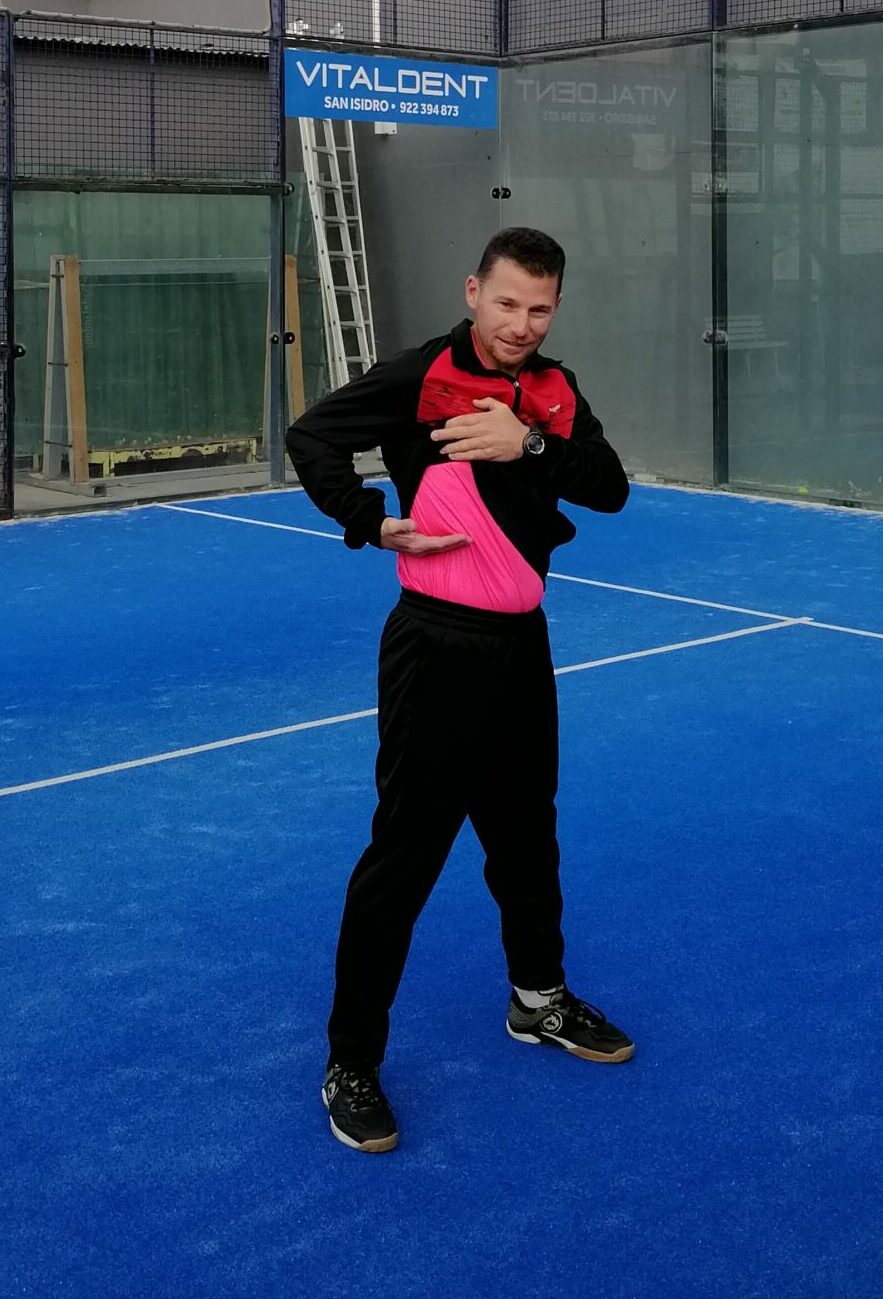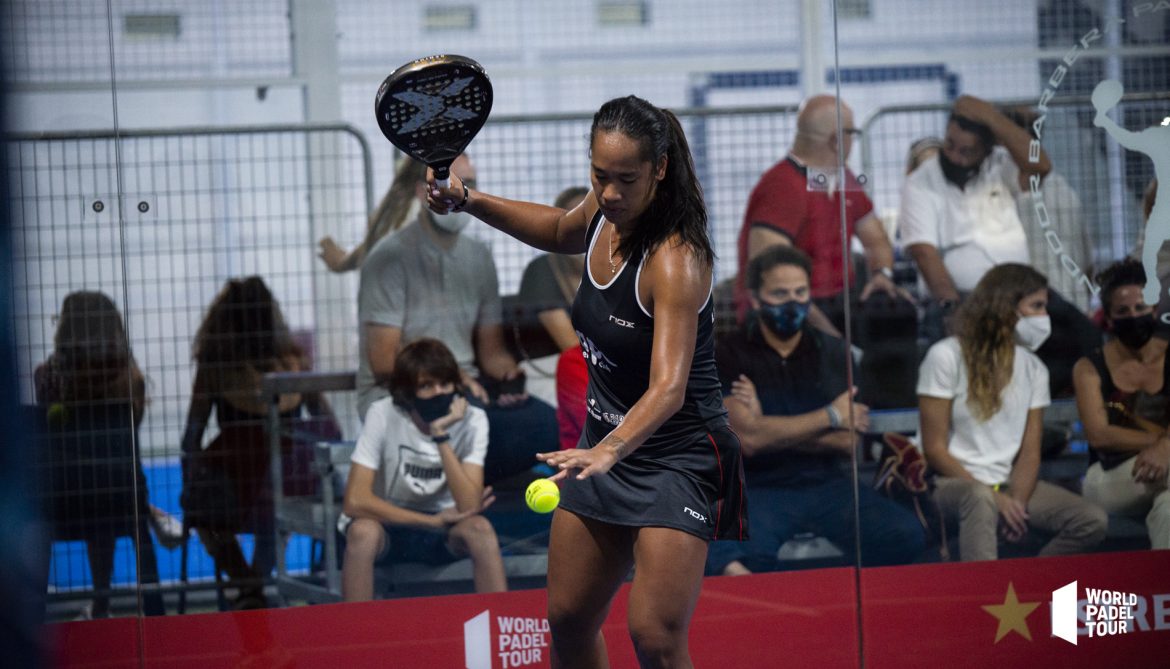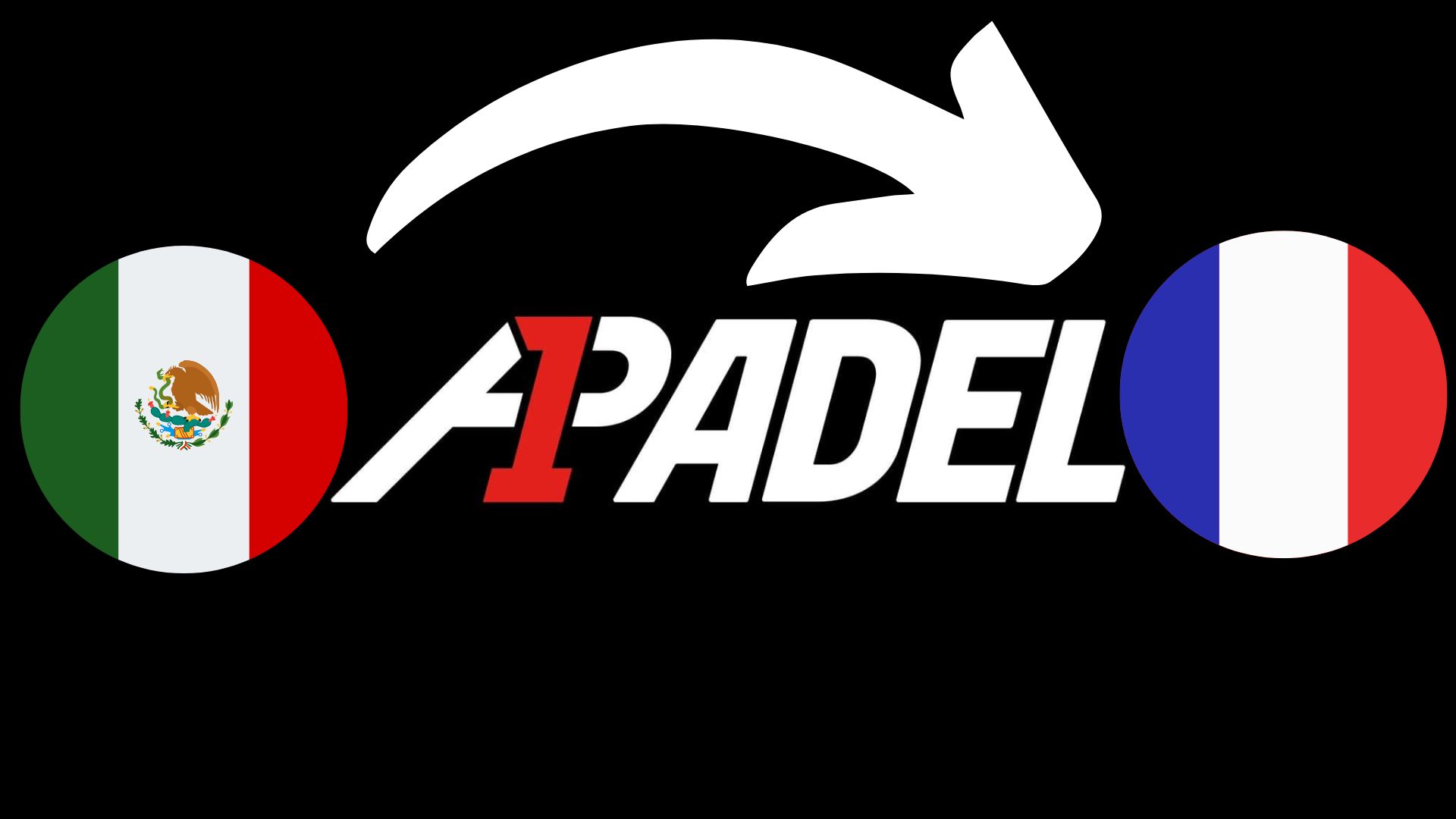Le service to padel. We all know the rules major aspects of the game, but there are a few particularities that are interesting to know. Let's take a few minutes to better use all the "tricks" of this move.
Let's go back to the basics. At padel we have to let the ball bounce, impact it below the belt, in the direction of the service box located in the diagonal. This ball must make its rebound then be hit by the returner before or after rebounding on one of the windows. The serve will be considered “out” if the ball bounces out of the area or touches any of the metal parts before or after the bounce.
Now, there are some additional rules, not necessarily known, but which can either confuse the opponents or allow you to achieve a better serve.
Impact on the other side of the court
Imagine a right-hander who serves in the left-right diagonal. You have to let the ball bounce on the left side of the T, and you have to have one foot on the ground on the left side at the moment of impact (not on the right), but you can perfectly impact the ball on the right side . This rule allows the right-hander posted on the right to reach his position more quickly, without breaking the law.
This rule is also possible for a left-hander on the right, but it is much less used.
Bounce behind the line yes, but impact?
The rule is clear. You must bounce the ball behind the service line before hitting it. But nothing prevents you from hitting this ball behind or in front of it. So, if you're the aggressive type after a serve, going full speed to the net, this rule can help you save time, or simply impact your faceoff more violently.
Strike height is the waist, not the hip
And yes, everything is said. This is a very difficult rule to apply in matches not supervised by referees. You have to understand that the rule says you have to hit below waist level, except that waist height is higher than hip height. The most glaring example is the service of Paquito Navarro, always at the limit.

Service by 3
Put the ball in play today at padel consists above all in moving the opponents to be able to easily reach the offensive zone at the net. Some try to be aggressive but with time and experience you realize that this doesn't necessarily give you the edge.
In some videos, you can see players performing serves that are so topspin and powerful that they go off the court beyond 3 meters. You really have to understand all the rules and work in training to try this in a match. Could this be the future attack service?
Not the same in France
And yes, as much as these rules are valid in most countries, they are not in France. In the hex, the feet must always remain on the same side of the court, and the ball must be impacted behind the line. It is therefore possible that depending on the country these rules differ.
To each his service, at the limit of fault or not, it's up to you. But be careful during unofficial games not to play with fire by creating tension among your opponents, it would be a shame!
Julien Bondia is a teacher of padel in Tenerife (Spain). Columnist and advisor, he helps you play better through his tutorials and tactical/technical articles padel.





































































































 Premier Padel Brussels P2 – The break obviously did Sanchez / Josemaria good!
Premier Padel Brussels P2 – The break obviously did Sanchez / Josemaria good! Premier Padel Sevilla P2 – From the waiting list to previas for Dylan Guichard and Ricardo Martinez!
Premier Padel Sevilla P2 – From the waiting list to previas for Dylan Guichard and Ricardo Martinez! Miguel Lamperti: three tie-breaks and a return to the quarter-finals!
Miguel Lamperti: three tie-breaks and a return to the quarter-finals! Guillaume Codron de Sud Padel : “A family project”
Guillaume Codron de Sud Padel : “A family project” Nallé Grinda: “Democratize the padel in the USA with PadelX "
Nallé Grinda: “Democratize the padel in the USA with PadelX " Simon Boissé: “We know that there are two nations in front of us”
Simon Boissé: “We know that there are two nations in front of us” Marie Maligo: “This period of frequent changes of partners was beneficial for me”
Marie Maligo: “This period of frequent changes of partners was beneficial for me” Gilles Moretton: “We will be able to put the padel at the level of tennis”
Gilles Moretton: “We will be able to put the padel at the level of tennis” Two P1000 doubled prize money approaching!
Two P1000 doubled prize money approaching! José Manuel Escin at the inauguration of Casa Padel DOS: “Finally, and thank you!”
José Manuel Escin at the inauguration of Casa Padel DOS: “Finally, and thank you!” Big evening in Brussels with two seeded players on the mat, heckled number 1s…
Big evening in Brussels with two seeded players on the mat, heckled number 1s… A1 Padel – the French Open replaces the Mexican Open on the calendar
A1 Padel – the French Open replaces the Mexican Open on the calendar 4 Fiberglass Padel Courts for The Ville de Paris: a choice that looks to the future
4 Fiberglass Padel Courts for The Ville de Paris: a choice that looks to the future Brussels Premier Padel Brussels P2 – Collombon / Bidahorria falls against Brea / Gonzalez
Brussels Premier Padel Brussels P2 – Collombon / Bidahorria falls against Brea / Gonzalez Padel Score comes to Tahiti for American Express Padel Cup!
Padel Score comes to Tahiti for American Express Padel Cup! Do you know the Rafa Nadal Academy Tour?
Do you know the Rafa Nadal Academy Tour? Play at padel on his yacht? Possible for €233.000!
Play at padel on his yacht? Possible for €233.000! Our Top 10 training courses padel in France and Europe
Our Top 10 training courses padel in France and Europe At the heart of padel – Episode 25: Paul and Andoni answer your questions
At the heart of padel – Episode 25: Paul and Andoni answer your questions Tactical padel – What to do when faced with players who systematically stay at the bottom?
Tactical padel – What to do when faced with players who systematically stay at the bottom? The basic tactics of padel
The basic tactics of padel At the heart of padel – Episode 25: Paul and Andoni answer your questions
At the heart of padel – Episode 25: Paul and Andoni answer your questions At the heart of padel – Episode 23: defend the window well
At the heart of padel – Episode 23: defend the window well Prohibition on playing topless Padel : the reasons
Prohibition on playing topless Padel : the reasons FIP Tour – Going far from Europe, THE strategy to earn points!
FIP Tour – Going far from Europe, THE strategy to earn points! What is a good football player? padel ?
What is a good football player? padel ? “Lefties give me headaches when I play against them!”
“Lefties give me headaches when I play against them!” At the heart of padel – Episode 14: how to earn points in winter?
At the heart of padel – Episode 14: how to earn points in winter? A par 4 is always a winner...even if you manage to defend it!
A par 4 is always a winner...even if you manage to defend it! Carbon fiber VS fiberglass: what to choose?
Carbon fiber VS fiberglass: what to choose? How to effectively test a racket padel ?
How to effectively test a racket padel ? La padel to fight Parkinson's disease
La padel to fight Parkinson's disease Don't play with a cracked or broken racket, your body will thank you!
Don't play with a cracked or broken racket, your body will thank you! Michel Cymes: “The padel, physically, it’s serious!”
Michel Cymes: “The padel, physically, it’s serious!” Jeremy Gala: “Promote the padel among young people in Belgium remains a challenge”
Jeremy Gala: “Promote the padel among young people in Belgium remains a challenge” The French Touch Academy organizes its selection day Padel-Study
The French Touch Academy organizes its selection day Padel-Study Report on the detection and training of younger generations
Report on the detection and training of younger generations